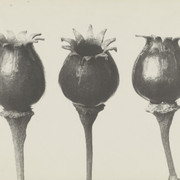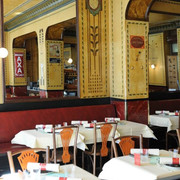This also marked the beginning of a new era for dance. Aurel von Milloss, an internationally renowned choreographer, led a new ensemble and set new standards by taking over the International Summer Academy of Dance. Dance guest performances and the first ballet week attracted dance lovers to Cologne. During this time of change, ballet directors worked in the field of tension between tradition and modernity. Choreographers such as Todd Bolender, Gise Furtwängler and Peter Appel created works inspired by the visual arts and new music. They were also involved in discussions on dance aesthetics and cultural policy, thus shaping the dance scene.
Visions of a German National Ballet or a Rhine-Ruhr Ballet characterised the period, but not all dreams were fulfilled. Heated debates, known as the "Ballet War" and the "Cologne Critics' War", led to controversies that shook up the dance scene. However, these projects inspired a new generation of choreographers who were able to realise their ideas in experimental theatres and competitions. The dancer Johann Kresnik remembers the liberation of the late 1960s, which offered young choreographers new opportunities due to a financial crisis: cutbacks led to the dissolution of the classical-contemporary company, but modern dance was able to flourish. As a result, Cologne became a melting pot of dance art in the 1960s, the influences of which can still be felt today.
Dates
Monday, the 13.01.2025
14:00 - 19:00
Tuesday, the 14.01.2025
14:00 - 19:00
Thursday, the 16.01.2025
14:00 - 19:00
Good to know
Eligibility
Suitable for any Weather
Target Group Teenager
Target Group Adult
Target Group Family
Target Group the Elderly
for Groups
for Class
for familys
for individual guests
Payment Options
Price info
Author








